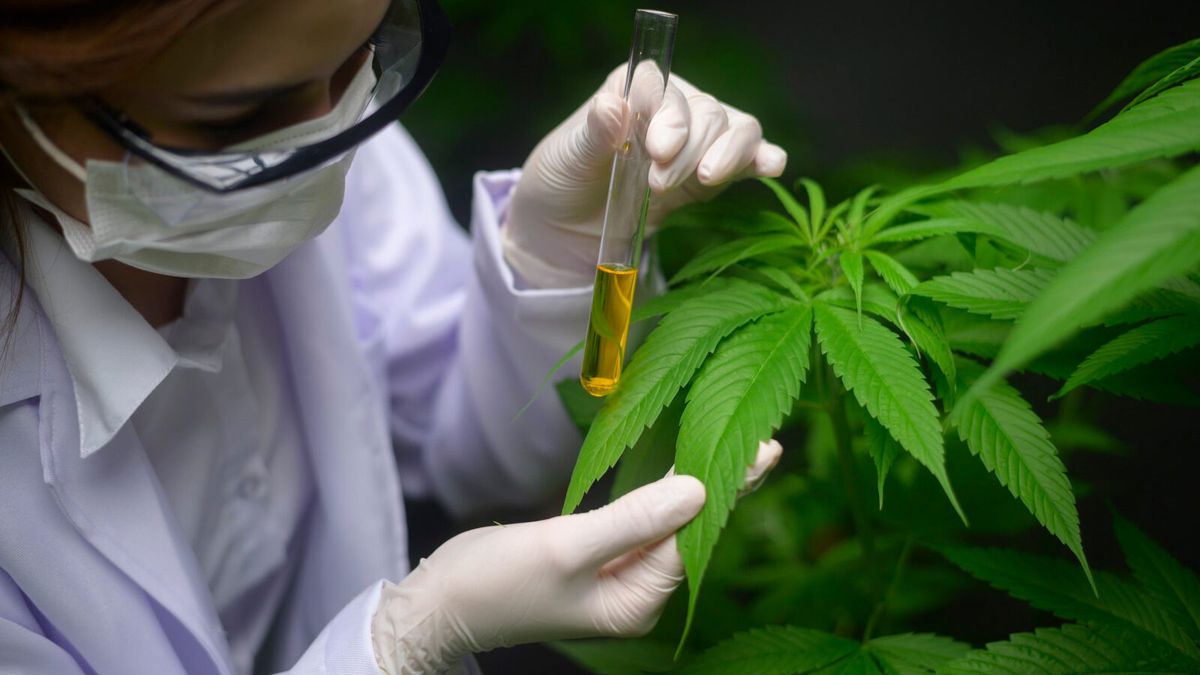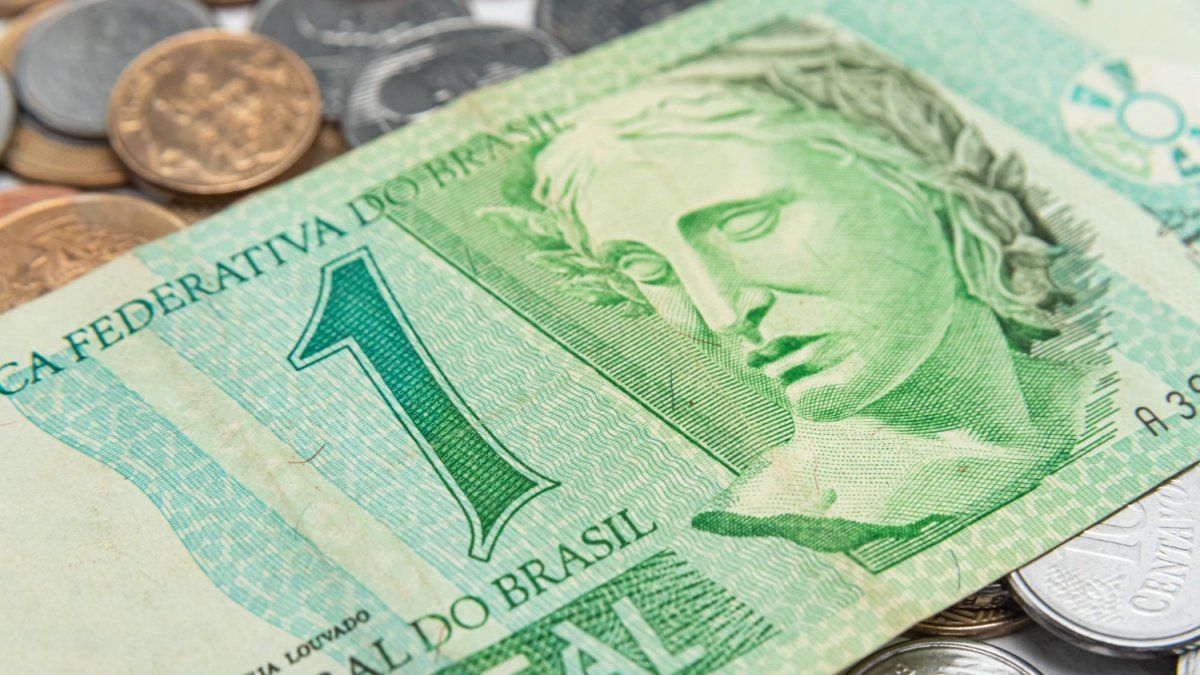At a global level, cannabis has been experiencing significant expansion in recent years due to the wide variety of end applications that the plant may have depending on its composition, which arouses interest in sectors such as health and construction, or in various industries, such as chemicals, food or textiles. According to the economist Nicolás Sidicaro, it is estimated that Global production of cannabis for legal use went from 9.5 tons to 650 tons in the last two decades.
However, despite the aforementioned growth, international trade is currently very low due to the restrictions imposed by regulatory frameworks in many countries. In this context, it is essential to regulate laws that allow researchers to connect with producers and suppliers, thus creating a value chain that is still disjointed today.
The cannabis regulatory framework in Argentina: a step back?
The cannabis and industrial hemp industry in Argentina previously had the regulatory framework provided by the Law 27350 of 2017. According to the aforementioned López document, this framework “It was so restrictive that it did not allow the emergence of new productive ventures.”
In that context, In 2022, Law 27,699 was enacted that defined a new regulatory framework for the development of the industry, which It was regulated in August 2023with the Hemp and Medicinal Cannabis Agency (ARICCAME) as the enforcement authority. This allowed the National Seed Institute (INASE) began to register locally produced genetics, since without regulation companies had to import inputs and were only authorized to develop research projects, without being able to sell final products.
Additionally, Through Resolution 02/2023, in September of last year a provisional permit was established for the adaptation of prior authorizations. As of December of last year, ARICCAME recorded 56 projects approved by the Ministry of Health and authorized to be readjusted, which are now immersed in great uncertainty given that Ignacio Ferrari, current auditor of the agency, repealed the resolution and will begin the regulation from scratch, addressing in a first stage only the production of non-psychoactive seed, grain or fiber (that is, with a THC concentration of less than 1%).
Approved projects Cannabis.PNG
Source: Ministry of Economy (National Directorate of Regional and Value Chain Studies, 2024).
Among the 56 projects mentioned, one of the most important is that of Agrogeneticsa Riojan firm with the participation of the provincial State. Benjamin Enriquepresident of the company, said in dialogue with Scope that within the sector there was disagreement with the “huge waste of time” that existed during the previous administration, but also He harshly criticized the decision of the current Government to “start again from scratch, instead of getting together with those who know about the sector and building on what has already been built.”.
The agronomist explained that “Recent measures exclude psychoactive cannabis, leaving it in the orbit of Health and that, as for hemp, work will be done in two stages: in the first instance with agricultural hemp, that is, only with seeds and derivatives such as oils and flours, while Only in a second stage would work be done with hemp biomass and hemp flower.”
Therefore, he assured that “today not even medicinal hemp projects have regulations to produce, process and transport their oils” and warned that “the measure It can lead to the disarmament of projects that involved an investment in infrastructure of more than US$500 million”. “This also scares away any private investor who, given the constant changes in rules, do not see legal security to invest,” he stated.
In the same sense, Pablo Faziopresident of the Argentine Cannabis Chamber (Argencann)told this medium that the measure “It is nonsense from a legal point of view.“, since “it has introduced great uncertainty for companies that had to approve their projects in accordance with the provisions of article 25 of Law 27,669.” “These companies have been waiting more than two years to obtain said approval and, with the repeal of the standard, they find themselves once again in a regulatory limbo that affects their legal security and planning capacity”, he warned.
Likewise, the Managing Partner of Pampa Hemp also highlighted that the decision to focus “exclusively on the hemp agenda is insufficient and seems to neglect the work that a large number of companies and entrepreneurs throughout the country have been doing for years.” “It would not be surprising if, given the impact of interests and rights, the State faces a wave of judicial claims from the affected actors.“, project.
Properties, uses and production methods of cannabis
According to what López developed in his work, the cannabis plant has around 120 compounds with cannabinoid propertiessome of them with a high psychoactive effect, such as THCand others with less or no effect, among which the CBD.
Legal production generally involves the use of the flowers of the cannabis plant for medicinal purposes. However, the use of seeds in the oil market for food industry and for him chemical sectorwhile its use in other foods, beverages, cosmetics and perfumery products is explored. In parallel, the stems of the plant serve for paper making, textile fibers and construction materials.
There are three ways to carry out cannabis production. On the one hand, there is the production “outdoor”which is the least expensive since the plant grows outdoors under natural climatic conditions. On the other hand, the activity can be carried out under the ““greenhouse”where the crop grows under filtered sunlight and in partially controlled environmental conditions, or under the modality indoorwhere the crop grows under artificial light and in fully controlled environmental conditions. This last method is the most expensive since it is more capital-intensive.
The potential of the cannabis industry in Argentina
In addition to the Agrogenetics project, in Argentina there are many other initiatives, most of which have (or had) the impetus of the provincial States and the participation of the INTA. According to estimates from the former Ministry of Productive Development, The industry has the potential to generate 10,000 jobs, including those generated in the cultivation stages, as well as in the marketing, research and quality testing stages.among others.
Likewise, it is expected that the country It could reach a domestic market of US$500 million per year and US$50 million annually in exports. “Agrogenetics had managed to export CBD flowers to Switzerland, with a good commercial value. We now have to tell this already consolidated client that we do not have an administrative circuit for sales abroad”Enrici expressed in this regard.
Among the main challenges, whose scope seems to be receding with the repeal of Ferrari, those of standardize quality controls, segment the market and generate synergies with international markets to advance export development.
Source: Ambito
I am a 24-year-old writer and journalist who has been working in the news industry for the past two years. I write primarily about market news, so if you’re looking for insights into what’s going on in the stock market or economic indicators, you’ve come to the right place. I also dabble in writing articles on lifestyle trends and pop culture news.




